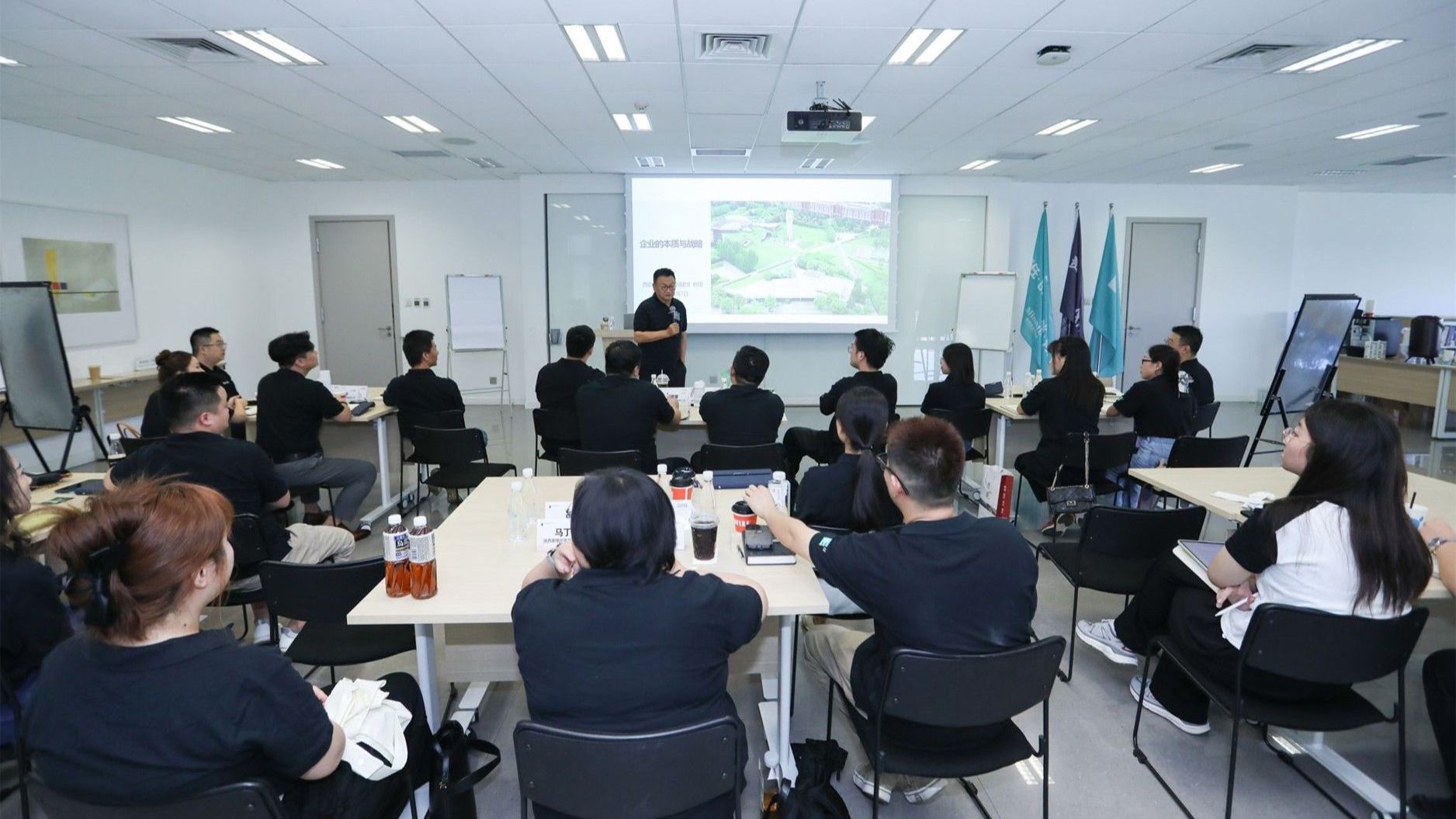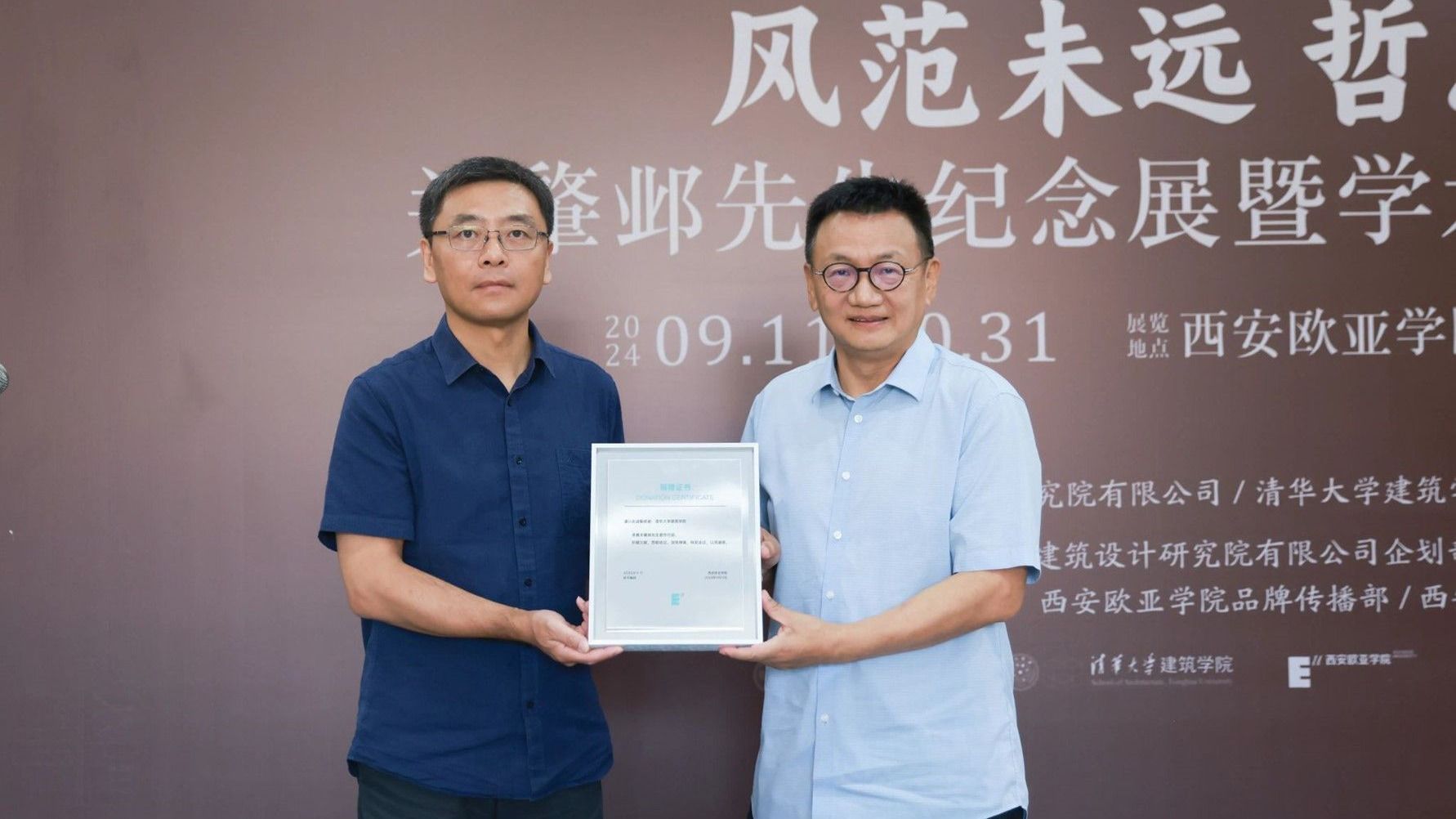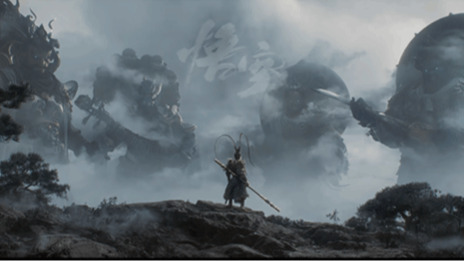On August 20
Black Myth: Wukong was officially launched
It quickly topped the charts on Steam
Up to now, the game remains one of the focal points in the global gaming market
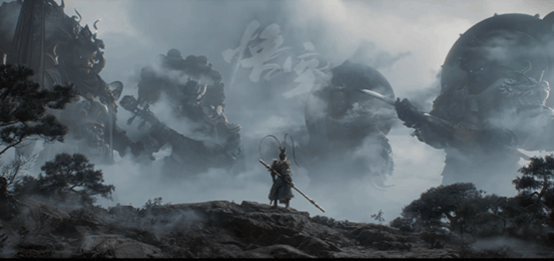
(Source: Internet)
As China's first AAA game
Black Myth: Wukong created phenomenal topics, data, and feedback
Behind them, there are many areas yet to be explored
Today, the WeChat official account of Xi'an Eurasia University invites three experts from different fields
to help us understand Black Myth: Wukong from multiple perspectives
Interviewees:




Looking at the market, China has already had many games based on traditional Chinese culture. But why has Black Myth: Wukong managed to stand out and become a landmark in the country's gaming industry? Ms. Wang Yan analyzed this from a business perspective.

"The explosive success of Black Myth: Wukong was an inevitable outcome, as the game embodies many highlights and expectations that the market demands.
First of all, the term 'AAA' is enough to grab attention. 'AAA' refers to a lot of money, a lot of resources, and a lot of time invested in a game. With such a 'top-tier' investment, this game set a higher entry barrier than any previous mobile game in China, directly elevating market and consumer expectations to their peak, which is why it debuted at the top.
Second, the game's development team has the determination and courage of 'no call, no goods'. The Chinese market is dominated by mobile and online games. Single-player games face numerous challenges—from cost to player habits and a one-time profit model, akin to the 81 trials in the Journey to the West. However, even in such circumstances, the development team, with their understanding of the trends in the gaming market, embraced the challenges with a sense of mission to break the record of zero achievements for top-tier single-player games in China. Over six years, they dedicated themselves to creating a masterpiece. This kind of courage to take on the mantle, resilience in the face of difficulties, and the ability to produce a top-level product from scratch are commendable and deserve respect from the global gaming market and players alike.
Third, players have the passion ignited by 'like', and the game is in line with the emotional market positioning. The game draws inspiration from the Journey to the West, a classic IP that spans multiple generations. It can evoke childhood memories for everyone while resonating with deep-rooted cultural sentiments. At the same time, when the classic is brought to life through a game, players experience immense satisfaction in embodying the character of Wukong, fulfilling their heroic aspirations. Thus, considering the game's foundation and the authentic experience, how the game establishes its presence in the market and connects with its audience is accurately reflected in the words of Kazuo Inamori, 'Passion is ignited by liking.'
Fourth, the game leverages cross-field brand collaborations for multi-channel engagement, to ignite consumer enthusiasm. According to incomplete statistics, there are at least 17 brands currently collaborating with the IP of Black Myth: Wukong. Personally, I supported Luckin Coffee specifically because of this game. The partnerships involve beverages, tech products, online platforms, mobile applications, and other products and span online and offline channels, reaching consumers across different dimensions. This strategy not only increases brand exposure and stimulates consumer enthusiasm but also achieves mutual benefit and win-win outcomes among the partnering brands.
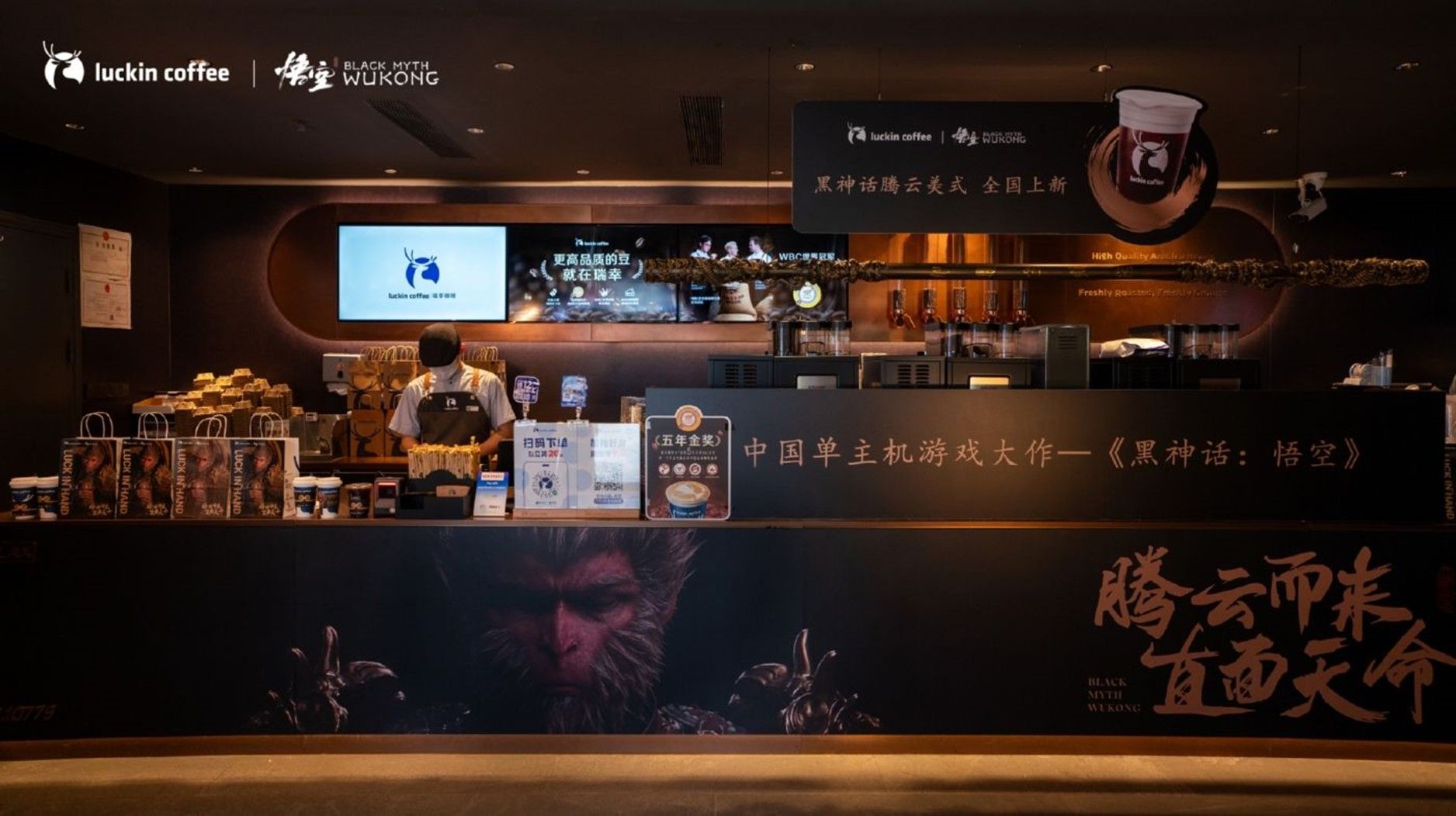
(Fig. 1) Luckin Coffee ×Black Myth: Wukong — Black Myth: Wukong-themed stores of Luckin Coffee set off a consumption boom. Source: Internet
In summary, this game takes a forward-looking approach based on market insights, meticulously understanding consumer needs, triggering emotional resonance among users, and achieving precise market positioning. Additionally, it gives full play to cross-field brand collaboration and cultural influence to drive comprehensive interaction on social media. The game is a highly valuable business case that is worth studying!"

Once the game was launched, a saying circulated across many platforms and Tieba: "In the game, I have once been an assassin in the ancient city of Jerusalem, and I battled the Wild Hunt warriors in the icy seas of Skellige. Now, I can finally return to my hometown and be the Great Sage Equal to Heaven." In response, many players exclaimed: "Who understands the significance of 'The default language of this game is Simplified Chinese!'"

(Fig. 2) The game starts in Chinese. Source: Internet
Ms. Cao Xiaojuan interprets this bottom-up nationwide "emotional community" from a cultural perspective.
 "Thanks to literary works, films, and TV series, such as Journey to the West, Havoc in Heaven, and Monkey King: Hero Is Back, 'Sun Wukong' has become an immortal 'superhero' in the cultural memory and emotional cognition of generations of Chinese people. He is one of the indispensable symbols of traditional Chinese culture. Therefore, when Wukong appears in an AAA game developed by a Chinese team, and players can embody the 'Destined One' to create their own legends, the cultural sentiments ingrained in the psyche of Chinese people are instantly awakened. This is a natural result of cultural resonance.
"Thanks to literary works, films, and TV series, such as Journey to the West, Havoc in Heaven, and Monkey King: Hero Is Back, 'Sun Wukong' has become an immortal 'superhero' in the cultural memory and emotional cognition of generations of Chinese people. He is one of the indispensable symbols of traditional Chinese culture. Therefore, when Wukong appears in an AAA game developed by a Chinese team, and players can embody the 'Destined One' to create their own legends, the cultural sentiments ingrained in the psyche of Chinese people are instantly awakened. This is a natural result of cultural resonance.
At the same time, the spiritual core of Journey to the West that the game recreates is also one of the key factors behind its success. Many readers have remarked, 'When I was a youth, I did not understand Journey to the West; it was only in middle age that I grasped its meaning.' On the surface, Journey to the West is a story of subduing demons to seek the true Buddhist scriptures, but it contains profound life philosophies beneath. The narration and plot settings in Black Myth: Wukong also explore the complexities of human nature and the myriad aspects of life, creating a cultural depth that resonates deeply with consumers in the knowledge era.
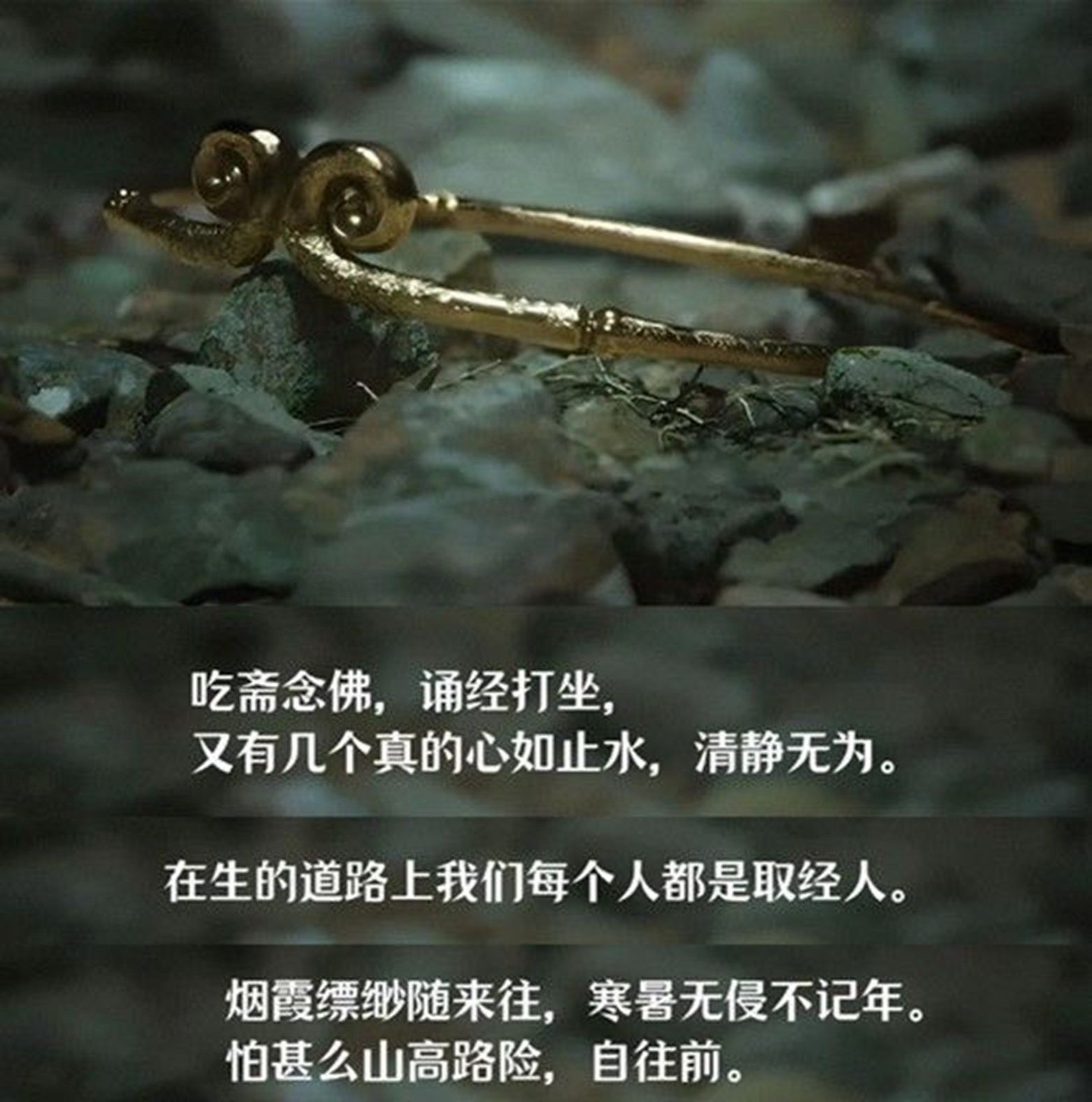
(Fig. 3) The narration in Black Myth: Wukong.
Apart from the content, 'cultural exploration' greatly enhances the product. In the game, players can thoroughly explore ancient temples that have stood for over a thousand years, awed by the magnificent traditional sculptures. They can also enjoy traditional northern Shaanxi storytelling and ancient vocal music, feeling the charm of intangible cultural heritage. This immersive experience provides players with an 'exploratory' perspective, bestowing cultural value that transcends mere gaming enjoyment.
In terms of language setting, while we celebrate the fact that the default language of this game is Simplified Chinese, it reflects both our pride in the strength of our national culture and, to some extent, the absence of Chinese culture on the international stage. In conversations with students, I have found that the majority of AAA games on the market have long been produced by foreign developers. The emergence of Black Myth: Wukong marks a significant breakthrough, and we look forward to more products that carry Chinese culture making their way onto the international stage to gain global recognition."

In the current wave of globalization, culture, as a significant manifestation of a nation's soft power, is a focal topic that each country and region is striving to enhance. Black Myth: Wukong has not only taken the domestic market by storm but has also sparked a "China craze" globally. Ms. Cao Xiaojuan interprets this phenomenon from the perspective of "encoding-decoding".

"Dutch scholar Johan Huizinga proposed in his book Homo Ludens that 'play permeates every corner of civilization; play is a fundamental component of culture, and it accompanies and promotes culture.' For example, Black Myth: Wukong assumes the role of 'encoder' of Chinese culture centered around Journey to the West. That is to say, it presents Chinese culture through gameplay and enables the culture to step into the international arena through its global release. Players from various countries and regions, during their gaming experience, unconsciously engage in the work of 'cultural decoding', ultimately completing a cycle of understanding and resonating with Chinese culture.
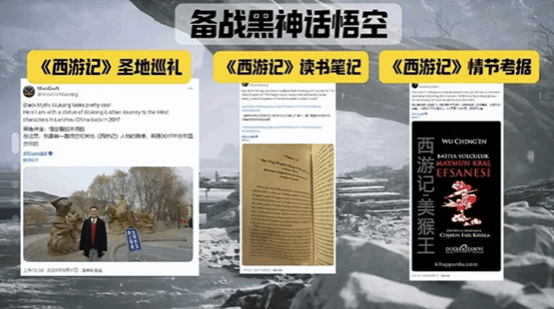
(Fig. 4) Overseas players discuss Journey to the West
This game clearly demonstrates that people do not reject gaming; rather, a well-crafted game can significantly contribute to the dissemination of national culture. This aligns perfectly with the needs of our times."

One of the notable elements of Black Myth: Wukong is the lifelike and awe-inspiring ancient temples and sculptures, which have led many netizens to exclaim, "What a pinnacle of ancient architectural aesthetics!" Among the 36 historical temples featured in the game, the Shuilu Nunnery located in Lantian County, Xi'an City, Shaanxi Province, has left a profound impression on players. In this regard, Mr. Feng Wei first introduced this ancient structure from an architectural perspective.

"Shuilu Nunnery, built during the Six Dynasties period, features over 3,700 painted clay sculptures. It has one of the largest existing wall sculpture groups in China, and the wall sculpture group's well-preserved condition earned it the title of 'China's Second Dunhuang'. These wall sculptures, both in terms of their quantity and craftsmanship, exhibit a remarkable level of artistic and historical value.

The Nunnery follows a traditional Siheyuan courtyard layout, showcasing the harmony and symmetrical beauty of ancient Chinese architecture. The colorful sculptures within the Nunnery are primarily situated on the north and south gables and the compartments within the main hall. Over 3,700 colorful sculptures depict stories about the Buddha, Bodhisattvas, the 500 Arhats crossing the sea, and the twenty-four deity generals, as well as exhibit celestial palaces, landscapes, and mythical creatures. These works embody the harmonious integration of Confucianism, Buddhism, and Daoism, demonstrating the open-mindedness, inclusiveness, and innovation of religious culture during that period. The wall sculptures, presented in the form of comic strips, systematically tell the life story of Siddhartha Gautama, providing invaluable visual materials for the study of Buddhist history and culture. The three major bodhisattvas in the Nunnery—Avalokiteshvara, Manjushri, and Samantabhadra—show male characteristics, a rarity in sculptures after the Song and Yuan Dynasties, reflecting a unique understanding and representation of gender roles in society at that time. Architecturally, the shapes and the carvings of the colorful wall sculptures embody the artistic aesthetic characteristics of the Ming Dynasty. Through the use of colors, architectural layout and design, and decorative patterns, they display the fundamental forms of ancient Chinese physical buildings.
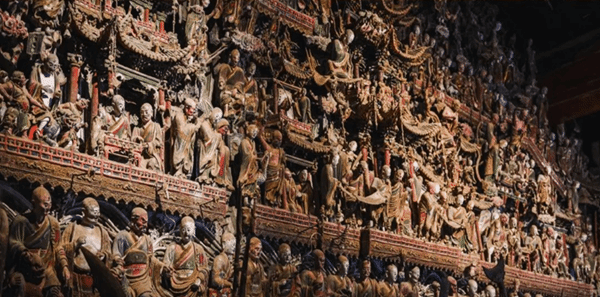
(Fig. 5) Wall sculpture group of Shuilu Nunnery. Source: Internet
In summary, the integration of Black Myth: Wukong with Shuilu Nunnery serves as a prime example of the perfect fusion of gaming and culture, and it stands as a heartfelt tribute to traditional Chinese art."

The game features a multitude of ancient sculptures with varied shapes, which not only astonish players with their artistic impact but also evoke comments regarding "oppression," "exaggeration", and "Chinese horror". In response to this phenomenon, Mr. Feng Wei offers an interpretation from the perspective of the relationship between ancient culture and sculptures.

(Fig. 6) Some statues in the game. Source: Xiaohongshu@FF

"Chinese traditional sculptures, with their unique style and profound cultural heritage, show the rich artistic imagination and spiritual pursuit of the Chinese nation.
The Buddhist sculpture pursues solemnity and compassion, presenting the universal salvation for all living creatures through a rigorous combination of rules and ideal shapes. The mausoleum sculpture employs a stylized, exaggerated style to present the guardian god of imperial mausoleums. This creates a visual contrast that conveys a sense of grandeur and heaviness, highlighting the sacred mission of protecting the tombs of emperors. Folk sculpture, on the other hand, places greater emphasis on plain and straightforward expression, reflecting the collective unconscious of the nation and the aesthetic enjoyment of everyday life. It is characterized by rich themes and sincere emotions.

(Fig. 7) From left to right: A Buddhist sculpture in the Luoyang Longmen Grottoes; a mausoleum sculpture in the Jianling Mausoleum, Danyang; a storytelling pottery figurine
The formation of these characteristics is primarily influenced by philosophy and religion. Chinese sculpture has been profoundly shaped by the teachings of Daoism, Confucianism, and Buddhism, which emphasize the expression of inner spirit and emotion. Additionally, the aesthetic orientation in ancient China tended to value the portrayal of inner spirituality over physical form, seeking an inner beauty that transcends mere appearance. Moreover, the socio-cultural background and folk traditions also have an impact on the style and characteristics of sculptures, such as the straightforward style found in folk art. Overall, the art of ancient Chinese sculpture prioritizes the use of vivid and exaggerated techniques to convey inner spirit and emotion rather than merely striving for realistic representation. This reflects a style that is more expressive and abstract, underscoring the unity of psychological, ideological, and emotional expression. This stands in essential contrast to Western sculpture, which tends to focus on physical spatial representation."

With the emergence of Black Myth: Wukong, we not only witness new possibilities for the inheritance and dissemination of Chinese culture but also see some issues coming to the surface. Teachers, drawing on their experience and insights, engage in multi-dimensional reflections, hoping to distill valuable thoughts and actions that can endure even after the game's popularity fades.
Public Education
The numerous ancient structures and sculptures in the game deliver a stunning visual impact to the audience. However, for average players, these may only serve as fleeting glimpses within the game, making it difficult to fully absorb the architectural culture. Mr. Feng Wei believes that narrowing the gap between the public and art or design through public education is crucial to cultural inheritance.
"First of all, we need to improve the education and curriculum system, incorporating both historical education and aesthetic culture education. In terms of historical education, it is essential to design a curriculum that encompasses various historical periods and cultural phenomena, which can effectively cultivate students' overall view of history and literacy. This kind of education should not be confined to the classroom; it should also expand into practical education. For example, by utilizing museums, historical sites, and other resources, practical education activities can be carried out, allowing students to experience and learn about history and culture firsthand, thereby enhancing their understanding and interest in traditional culture. Moreover, deepening the study of aesthetic culture is vital. Understanding its connotations, nature, and functions, and integrating aesthetic culture with art courses can continuously improve students' sensitivity to beauty and art.
Collaboration between communities and schools is also crucial. By working together with communities to conduct historical and cultural activities, we are expected to create culture-influencing circles that enhance the sense of cultural identity and pride among students and local residents alike.
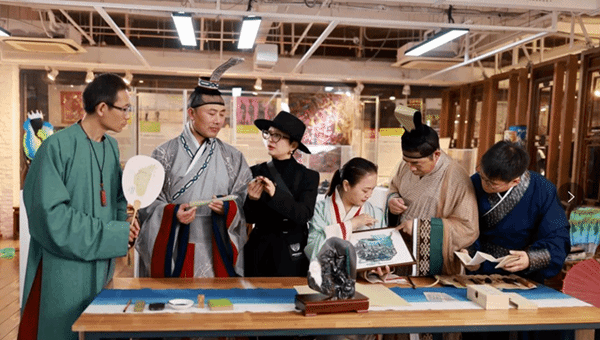
(Fig. 8) The school cooperates with the community to carry out historical and cultural activities. Source: Internet
The protection and inheritance of intangible cultural heritage is also an important aspect of narrowing the gap. We need to intensify efforts to protect intangible cultural heritage, improve the system of representative inheritors, elevate the skills and abilities of inheritors, and promote the combination of traditional inheritance methods with modern education systems.
The above-mentioned approaches can heighten public awareness, especially among youth, of traditional culture and enhance their aesthetic capacities. They can also encourage the harmonious development of academic research, cultural inheritance, and public appreciation of art and culture. This effort not only demonstrates respect for the past but also shows responsibility for the future, ensuring that our cultural heritage can be passed down through generations and thrive continuously."
Promotion of Ancient Architecture
Without Black Myth: Wukong, many ancient architectural treasures might remain unknown to the public. Additionally, it is often observed that during travel, people may forgo visiting certain cultural buildings as they are inaccessible, which significantly hinders the dissemination of these ancient structures. Mr. Feng Wei suggested leveraging new technologies to address these shortcomings to some extent.
"In the digital age, we have access to a range of innovative tools and methods that make the inheritance and promotion of remote or lesser-known ancient buildings more direct and convenient:
First, the application of Virtual Reality (VR) and Augmented Reality (AR) technologies provides users with immersive experience of ancient architecture. Second, the development of online education platforms and applications offers new channels for disseminating information about the history, architectural features, and cultural value of these buildings. Third, through interactive experiences and courses, young people can gain a deeper understanding and actively engage with the culture surrounding ancient architecture. Fourth, the establishment of smart tourism platforms further integrates information about ancient buildings, providing navigation, explanation, multilingual services, and other functions that greatly facilitate remote and onsite visits for tourists. Fifth, the use of social media and online marketing, such as short videos and live streaming, can quickly enhance the visibility of ancient structures and attract a broader public audience.
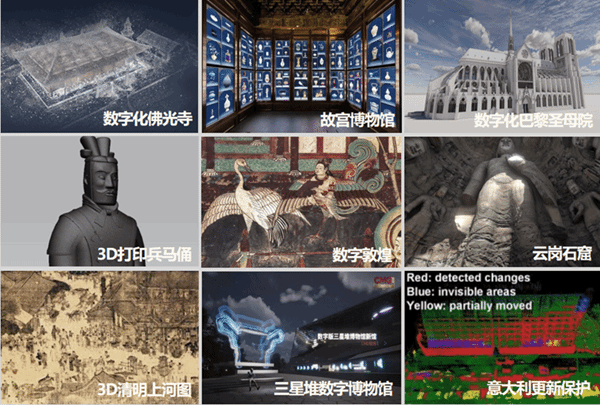
(Fig. 9) Cases utilizing interactive multi-dimensional digital technologies in cultural heritage. Source: Internet
Moreover, cultural activities and festivals themed around ancient buildings not only increase their appeal but also strengthen public engagement and cultural experience. The development of cultural and creative products, such as models, books, and souvenirs, has made ancient buildings mobile cultural carriers, expanding their cultural influence. Additionally, the creation of tourism routes centered on ancient buildings connects scattered sites, offering visitors a deeper cultural tourism experience. The combination of these measures not only makes ancient buildings more accessible and visually known to the public but also effectively boosts their protection and inheritance, paving the way for new possibilities in the future development of these ancient structures."
Teaching Refreshment
Through Black Myth: Wukong, we can directly sense that contemporary young people are not merely seeking entertainment; when they resonate with the content, they spontaneously become voices and disseminators of Chinese culture. In light of this, Ms. Cao Xiaojuan has proposed new reflections from the perspective of cultural media education.
"Black Myth: Wukong brings players into a scene that is both real and virtual through its storytelling and character shaping. With the help of new technologies, they can experience the plots in classical works and the resonance between traditional culture and emerging technological culture across time and space. This sense of immersion, participation, and self-formation reflects the main pathways of cultural dissemination in the era of the post-figurative culture.
And this also makes me deeply feel that in the process of education and teaching, students are ahead of teachers in perceiving new technologies and knowledge. Therefore, to allow students to become masters of learning, teachers need to think about how to keep pace with the times to ignite their passion. By focusing on achievement-oriented education and teaching driven by students' interests, teachers can accompany students in contextualized practice to harvest learning outcomes. The joy derived from these achievements can further drive engagement, creating a positive feedback loop in the learning process."
The producer of Black Myth: Wukong, Feng Ji, said, "Embarking on the journey to seek the scriptures is more important than reaching the Lingshan Mountain." We have reasons to believe that with the release of this game, new reflections will emerge across various fields—from business to culture, ancient architecture, and university education—continuously driving improvements. Changes are taking place.



